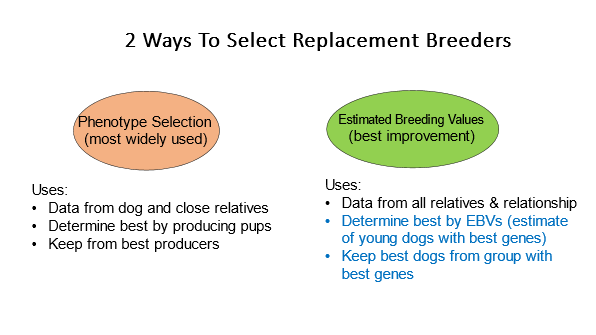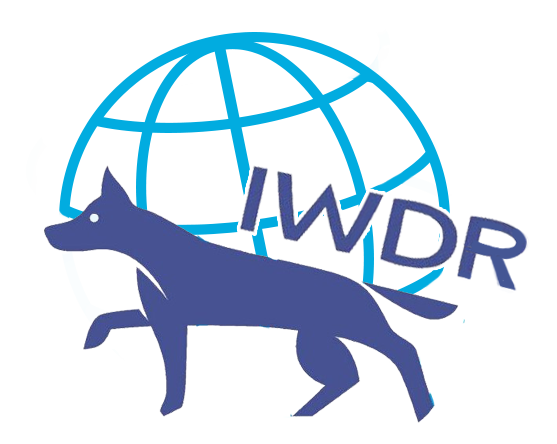-
Behaviour Scoring
-
- 1. Anxious in unfamiliar situations
- 2. Fear Of Noises
- 3. Fear of Novel Objects
- 4. Fear of Underfootings
- 5. Fear of Dogs
- 6. Fear of Stairs
- 7. Fear of Traffic
- 8. Separation Anxiety
- 9. Hyper-Attachment
- 10. Fear Of Strangers
- 11. Body Handling Concern
- 12. Retreats When Reached For
- 13. Harness Handle On Back Sensitivity
- 14. Avoidance Of Blowing Fan
- 15. Body Sensitivity To Object Contact
- 16. Anxious About Riding In Vehicles
- 17. Inhibited or passively avoidant when exposed to potentially stressful situations
- 18. Activated when exposed to potentially stressful situations
- 19. Excitable
- 20. Slow To Return To Productive Emotional State
- 21. Fidgety When Handler Is Idle
- 22. Fear On Elevated Areas, Drop-Offs Etc.
- 23. Barks Persistently
- 24. High Energy Level
- 25. Lacks Focus
- 26. Movement Excites
- 27. Chasing Animals
- 28. Dog Distraction
- 29. Sniffing
- 30. Scavenges
- 31. Inappropriate Behavior Around The Home
- 32. Lacks Initiative
- 33. Not Willing
- 34. Resource Guarding Toward People
- 35. Aggression Toward Strangers
- 36. Aggression Toward Dogs
- 37. Resource Guarding Toward Dogs Or Other Pets
- 38. Inappropriate Elimination While Working En Route
- 39. Socially Inappropriate Behavior With People
- 40. Inconsistent
- 41. Handler/Dog Team
- 42. Relationship Skills
- 43. Comparison 9 To 1 Score
- 44. Socially Inappropriate Behavior With Dogs
- 45. Thunder Reaction Prior To, During Or Immediately After A Thunderstorm
- 46. Kennels Poorly
- 47. Working Speed
- 48. Gait When Moving Out
- 49. Housebreaking Problems
- 50. Innate Desire To Work
- 51. Avoidance Of Exhaust From Vehicles
- Show all articles ( 36 ) Collapse Articles
-
-
-
Practice Videos
-
Behavior Testing
-
Database User Manual
-
-
-
- Adding a New Dog (using Manage Your Dog’s Data, MyDogs)
- Alerts
- BCL, Behavior Checklist
- Elbow Quick, Add new
- Estrus & Whelps
- Eye Quick
- Genetic Test Panel
- Genetic Test Quick
- Health Diagnoses Add/Edit
- Health History Report
- Health Normals, Add new
- Heart Quick
- Hip BVA, Add new
- Hip FCI, Add new
- Hip OFA, Add new
- Hip Penn Hip, Add new
- Photos PDFs etc.
- Private Notes
- Procedures, Add new
- Reminders
- Share my dog data to another organization
- Skin Quick
- Status History
- Weight - Entering a dog's weight
- ADI Public Access Test
- Hip Vezzoni, Add new
- Status Detail
- Edit or Change Call Name / Pedigree Name / Owner ID
- Add New Microchip / Delete Incorrect Microchip
- End Reasons
- Juvenile Estrus
- Communications Activities
- Incidents
- Show all articles ( 18 ) Collapse Articles
-
- Articles coming soon
-
-
-
-
- Alternate Therapy/Rehab
- Diagnostic Imaging, Add new / Edit or Delete
- Diet
- Elbow Quick, Add new / Edit or Delete
- Estrus & Whelps, Add new
- Eye Quick, Add new / Edit or Delete
- Genetic Test Quick, Add new / Edit or Delete
- Health Diagnoses, Add new / Edit (Update) or Delete
- Health History Report, Generate a PDF
- Health Normals
- Health Screening List
- Hip OFA Add new / Edit or Delete
- Hip Penn Hip Add new / Edit or Delete
- Hospitalization, Add new
- Kennel Tasks, Add new / Edit or Delete
- Lab, Add new / Edit or Delete
- Photos, PDFs, etc., Add new
- Reminders Add new / Edit or Delete
- Rx, Add new / Edit or Delete
- Semen Cryo, Add new / Edit or Delete
- Skin Quick Add new / Edit or Delete
- SOAP, Add new / Edit or Delete
- Status History
- Supplies Used, Add new / Edit or Delete
- Surgery, Add new
- Treatments Add new / Edit or Delete
- Vaccines Add new / Edit or Delete
- Weight and BCS Body Condition Score - Add new / Edit or Delete
- Hip Vezzoni, Add new
- Show all articles ( 14 ) Collapse Articles
-
-
-
-
Early Socialization
-
- Video - Coat Desensitization
- Video - Novel Objects
- Video - Trolley Ride with Mom
- Early Puppy Socialization - Novel Objects video
- Early Puppy Socialization – Novel Sounds video
- Early Puppy Socialization – Introducing New Environments video
- Early Puppy Socialization – Motor Development, Balance, Coordination, Proprioception video
- Early Puppy Socialization – Passive Environmental Enrichment in the Den video
- Early Puppy Socialization – Stairs
-
-
Genetic Selection & Inbreeding
-
- What are EBVs and how do they help?
- How EBVs are calculated
- What is needed to calculate EBVs and EBV accuracy?
- Using EBVs effectively
- Selection index
- Why are EBVs different for littermates?
- Presentation Recording: Improving behavior using EBVs
- Presentation Recording: Using EBVs successfully
- Presentation Recording - Improving health using EBVs
-
Webinars
-
Reproduction
-
Organization Management
What are EBVs and how do they help?
In summary, quantitative genetics involves using statistics to calculate a number called an estimated breeding value (EBV). This estimate is a number which ranks dogs in a population from best to worst for their likelihood of possessing the most desirable genes based on their own data and data of their relatives.
Here is a more detailed explanation.
Estimated breeding values (EBV) are statistical calculations which provide an estimate of the likelihood a particular dog has more of the desirable genes for a trait compared to other dogs in the dataset from which the EBV was calculated.
EBVs identify which young dogs have the highest estimates of genetic merit and are therefore the ones who should be the pool of dogs to be further screened by looking at the “whole dog” such as reproductive health and other traits so the best are kept for breeding. See the example below.
The actual EBV is a number from 1 to -1 as seen in the example below. Breeding managers most often use the Percent Ranking which is simply the order of the EBVs from best to worst. Dog 1 is ranked 99.7% for elbow dysplasia as compared with all other Elbow quality EBVs from the other Labrador Retrievers in the dataset.

EBVs have been used for over 50 years first in livestock and more recently over the past 30 years by guide dog organizations and more recently service dog organizations to genetically improve their dogs.
How EBVs help
Genetic selection can be done in many ways. The most popular approach is phenotype selection but even the greatest force of changing gene frequency is mostly due to chance as genes from 2 parents are recombined into the resulting puppies.

Phenotype selection involves:
1. Studying phenotype data on many dogs under consideration including data on relatives.
a. Most data comes from searching on-line registries for health clearances, performance titles, speaking with others and observing dogs performing in shows or competition.
b. Unfortunately, not all relatives are represented and most often, only registries only report information on normal dogs.
2. Use of tools to assess and preserve genetic diversity while practicing line-breeding to intensify desired phenotypes. Genetic diversity tools include:
a. COI calculations
3. Use of expansive genotype tests available from commercial laboratories to reduce incidence of genetic diseases.
a. Test results can be helpful, especially in choosing mates that prevent producing affected progeny
b. The downside is the overwhelming challenge of trying to effectively use the data to systematically increase the frequency of desired genes.
c. Many traits of concern for breeders are polygenic. Genetic tests for polygenic traits have not been developed and it is hard to see how they can be useful.
The most frustrating aspect of phenotype selection is that despite all of the cost and effort invested, breeders are still at the mercy of chance to systematically improve their dogs’ health, behavior, working ability and conformation simultaneously while maintaining genetic diversity in the population. With the ever-increasing number of genotypes being reported and other tools now available, even the most adept breeder studying the data of dogs and their relatives cannot adequately estimate the relative genetic value of the underlying genes and how they will interact across loci in the next generation.
Fortunately, there is a better method which uses statistical calculations, developed by scientists trained in quantitative genetics and statistics. By incorporating estimated breeding values (EBVs), breeders can know which young dogs are statistically more likely to possess more of the desired genes.
